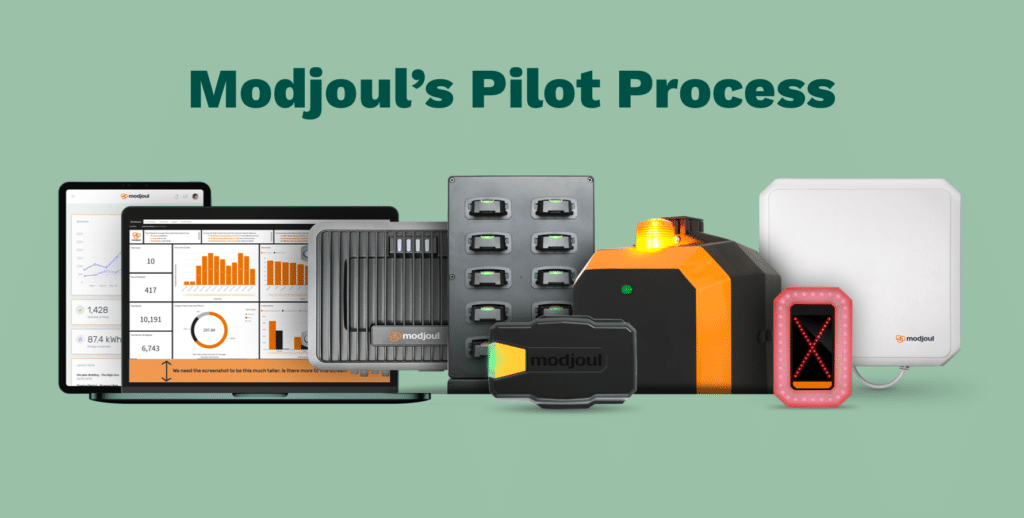You may not realize it, but 3D printing, additive manufacturing, is infiltrating your daily life. Within the coming years every airliner, vehicle and millions of other products will contain parts or be fully made using additive manufacturing. 3D printing has also led to a revolution in design allowing for reduced lead times, higher efficiency, multiplied iteration cycles and increasingly complex designs. 3D printing most recently has played a pivotal role in the global COVID- 19 pandemic and has been used for manufacturing masks, face shields, respirators, and other medical components.
Prototyping with 3D printing has noticeably reduced speed and costs of the design cycle. With desktop 3D printers, a designer can have a printer sitting on their desk printing out models within hours or minutes. Having the ability to make a precise part in your office can shorten what would have been a timeline of weeks into a day or less. With current technology, the quality of 3D prints on a desktop printer can emulate not only the form but also the function of a design.
This allows the design team to take larger risks and test a larger sample size of prototypes as the repercussions for a failed design are minimal. At Modjoul, 3D printing is used heavily in the design and testing of wearables and attachment methods. Allowing for prototypes to be tested and worn by end users in the field before ever investing in expensive final tooling. This allows us to easily iterate in our design phase based on customer feedback to improve our final form and function.
Additive manufacturing of end use products is also reducing lead times and allowing for higher complexity of low volume parts for fractions of the cost. These printers are much larger and exponentially more expensive than the desktop printers you may be familiar with. Industries such as automotive and aerospace are turning to additive manufacturing for their low quantity precisely engineered components. Additionally, there is no significant cost advantage to printing overseas and only results in higher shipping costs and increased lead times. With no need to save 10’s of thousands of dollars by designing your tooling overseas 3D printing is bringing manufacturing back onshore. This trend will increase as manufacturers turn towards a focus on increasing efficiency via improving technology rather than human labor.
COVID-19 displayed the power of 3D printing especially showcasing the advantages of local manufacturing and short lead times to create products in time frames and prices that would otherwise not be feasible. Within weeks of the pandemic, open source designs for respirators, face shields and other devices (which were dangerously low in supply) were available to be printed out across the country. With improvements in technology and decreasing cost, 3D printing will only become more commonplace in the design and manufacturing landscape.




